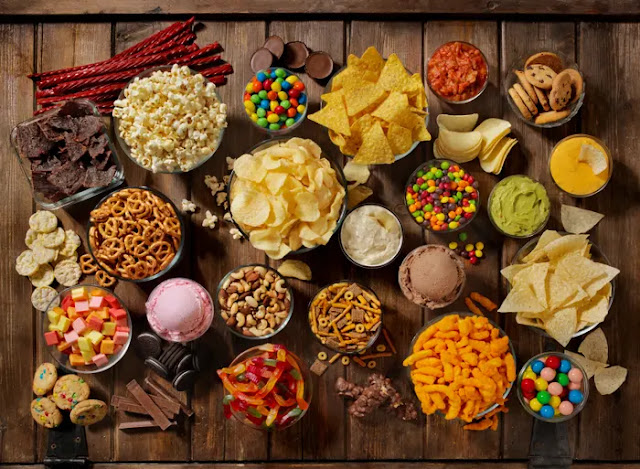Food processing is an essential aspect of modern life that ensures we have a safe, consistent, and convenient food supply. From the time food is harvested to the moment it reaches our plates, it undergoes various processes to enhance its quality, safety, and shelf life. This guide will delve into the intricacies of food processing, exploring its methods, benefits, and the latest innovations in the field.
1. What is Food Processing?
Food processing refers to the transformation of raw ingredients into consumable food products through physical, chemical, or biological methods. Historically, food processing dates back to ancient times when methods like drying, fermenting, and cooking were used to preserve and enhance food. Over the centuries, these methods have evolved, incorporating advanced technologies and scientific principles.
2. Primary Methods of Food Processing
Mechanical Processing: This involves physical actions such as cutting, grinding, and mixing. Mechanical processes are fundamental for preparing ingredients and creating uniform products.
Thermal Processing: Includes methods like pasteurization, cooking, and sterilization. Thermal processing aims to kill harmful microorganisms and extend the shelf life of food.
Chemical Processing: Utilizes chemicals to preserve or alter food properties. Common techniques include adding preservatives, acids, or emulsifiers to improve texture and stability.
Biological Processing: Encompasses fermentation and the use of enzymes. These processes can enhance flavors, improve nutritional value, and preserve foods.
3. Steps Involved in Food Processing
Harvesting and Initial Handling: The journey of food processing begins with harvesting crops or gathering raw materials, which are then transported to processing facilities.
Cleaning and Sorting: Ensuring raw ingredients are clean and sorted is crucial for maintaining quality. Techniques like washing, peeling, and sorting are employed to prepare foods for further processing.
Preservation Techniques:
- Freezing: Quickly freezing food at low temperatures to preserve its nutritional content and texture.
- Canning: Sealing food in airtight containers and heating it to destroy pathogens.
- Drying: Removing moisture to inhibit the growth of bacteria, yeasts, and molds.
- Fermentation: Using microorganisms to convert sugars into alcohol or acids, which act as natural preservatives.
Packaging and Storage: Proper packaging is vital for protecting food from contamination and extending its shelf life. Storage conditions, such as temperature and humidity control, also play a critical role.
Distribution and Retail: Processed foods are distributed to various retail outlets, ensuring they reach consumers in optimal condition.
4. Benefits of Food Processing
Enhanced Food Safety: Processing techniques eliminate harmful pathogens, making food safer to consume.
Increased Shelf Life: Methods like canning and freezing significantly extend the shelf life of food products.
Improved Convenience: Ready-to-eat and pre-packaged foods offer convenience for busy lifestyles.
Nutritional Enhancements: Fortification and enrichment processes add essential vitamins and minerals to foods.
5. Potential Drawbacks of Food Processing
Nutrient Loss: Some processing methods can reduce the nutritional value of foods, such as the loss of vitamins during heating.
Addition of Unhealthy Ingredients: Processed foods often contain added sugars, salts, and unhealthy fats to enhance flavor and texture.
Environmental Impact: The energy and resources required for processing and packaging can have significant environmental effects.
6. Innovations in Food Processing
Advances in Technology: Modern technologies, like high-pressure processing and advanced freezing techniques, enhance food safety and quality.
Sustainable Practices: Efforts to reduce waste, use renewable energy, and create eco-friendly packaging are transforming the industry.
Future Trends: Innovations such as lab-grown meats, plant-based alternatives, and personalized nutrition are set to shape the future of food processing.
Conclusion
Understanding how foods are processed is crucial for making informed choices about what we eat. While processing offers numerous benefits, it's essential to be aware of potential drawbacks and ongoing innovations. By staying informed, we can appreciate the science behind food processing and its role in our daily lives.







0 Comments